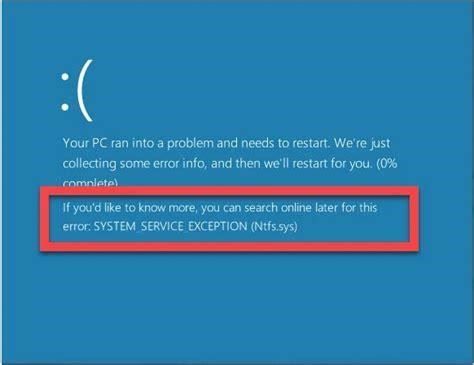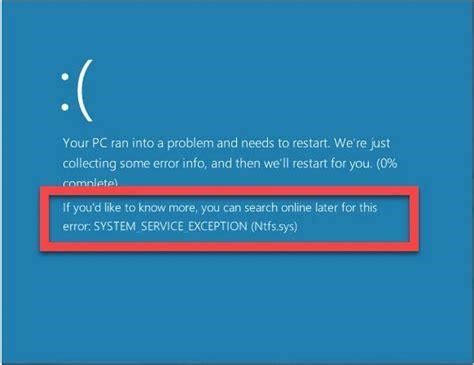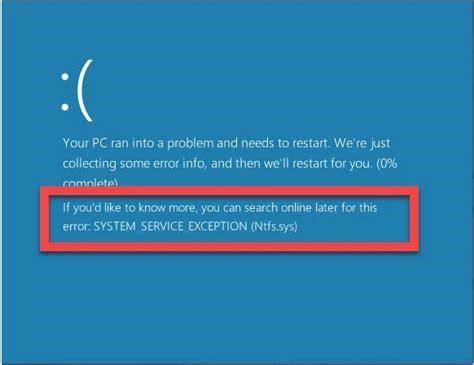Mastering Audio Device Detection in Windows 10
Connecting new devices to your Windows 10 PC can trigger annoying pop-ups and sound notifications. As avid Windows users ourselves, we totally get how disruptive these can be to your workflow. But don’t worry – with a few tweaks under the hood, you can disable audio device detection in Windows 10 for good.
In this comprehensive guide, we’ll walk you through multiple methods to block audio device pop-ups using Settings, the Registry Editor, and third-party tools. You’ll also learn expert techniques to target specific hardware like headphones, speakers, and USB devices. Let’s dive in!
Quick Fix: Disable All Device Detection Notifications
If you want a catch-all solution without getting into the weeds, disabling device setup notifications in Settings is your ticket. Here’s how:
- Open Settings and click on System.
- Select Notifications & actions.
- Uncheck the box next to "Suggest ways I can finish setting up my device."
- For good measure, also turn off "Get tips, tricks and suggestions" and "Show Me the Windows Welcome Experience."
This blankets bans all device detection pop-ups. However, you lose out on potentially useful notifications. For more granular control, read on.
Shutting Off Individual Device Notifications
The Settings trick above nukes notifications system-wide. What if you only want to disable detection for your headphones or speakers? Here’s a targeted approach:
- Head to Settings > System > Notifications & actions as before.
- Scroll down and locate your audio device under "Get notifications from these senders."
- Flip the toggle switch off to squelch notifications.
Do this for each problematic device. This leaves other notifications intact while silencing audio hardware.
Blocking Detection Pop-Ups via Registry Editor
For advanced users, the Registry Editor lets you tweak low-level Windows settings. Here’s how to block audio device pop-ups using regedit:
- Hit Windows+R and type "regedit." Hit enter.
- Navigate to HKEY_LOCAL_MACHINE\SOFTWARE\Microsoft\Windows\CurrentVersion\Device Setup.
- Create a new DWORD value called "PreventDeviceMetadataFromNetwork" and set it to 1.
- Create a second new DWORD called "DisablePopups" and also set it to 1.
- Restart your PC.
This will permanently disable device metadata retrieval and block pop-ups moving forward. Be cautious editing the registry and back up first!
Leveraging Browser Extensions
If you only get annoying audio device pop-ups while browsing the web, browser extensions can help. Consider adding an ad blocker like uBlock Origin to squash unwanted notifications.
You can also try a dedicated pop-up blocker like Popup Blocker for Chrome. Configure it to filter out device connection alerts specifically. This leaves important browser pop-ups intact.
Disabling Specific Device Alerts
Certain hardware like USB devices and smartphones trigger first-time connection alerts in Windows. Here are quick fixes for common culprits:
-
USB drive detection– Open Device Manager, find your USB controller, right click and select Properties > Change Settings > uncheck "Enable connected devices to wake this computer."
-
Phone Companion– Open Notifications & actions in Settings. Turn off "Get notifications from these senders" for Phone.
-
New headphone sound– Disable "Give an audio signal when a device is plugged into the audio jack" under Sound Control Panel.
Preventing Audio Jack Misdetection
Sometimes Windows detects a phantom device connection when nothing is plugged in. This false positive summons an annoying pop-up.
Fix phantom audio jack detection by:
- Going into Sound settings and selecting your audio device
- Navigating to the Advanced tab
- Disabling audio jack detection
This will stop false pop-ups without affecting actual device connections.
Keeping Drivers Up to Date
Outdated drivers can also cause audio device misdetection in Windows 10. Hit your manufacturer’s website periodically and install the latest sound card drivers. This improves hardware recognition and reduces bogus pop-ups.
Regain Peace and Quiet
With these tips, you can troubleshoot audio device detection issues and disable disruptive pop-ups. Adjust notifications on a granular level for each device, or globally mute them system-wide – the choice is yours.
We hope this guide serves as a comprehensive resource whenever new headphones or speakers trigger an unwanted interruption. What other audio notification bugs bug you in Windows 10? Sound off in the comments below!




